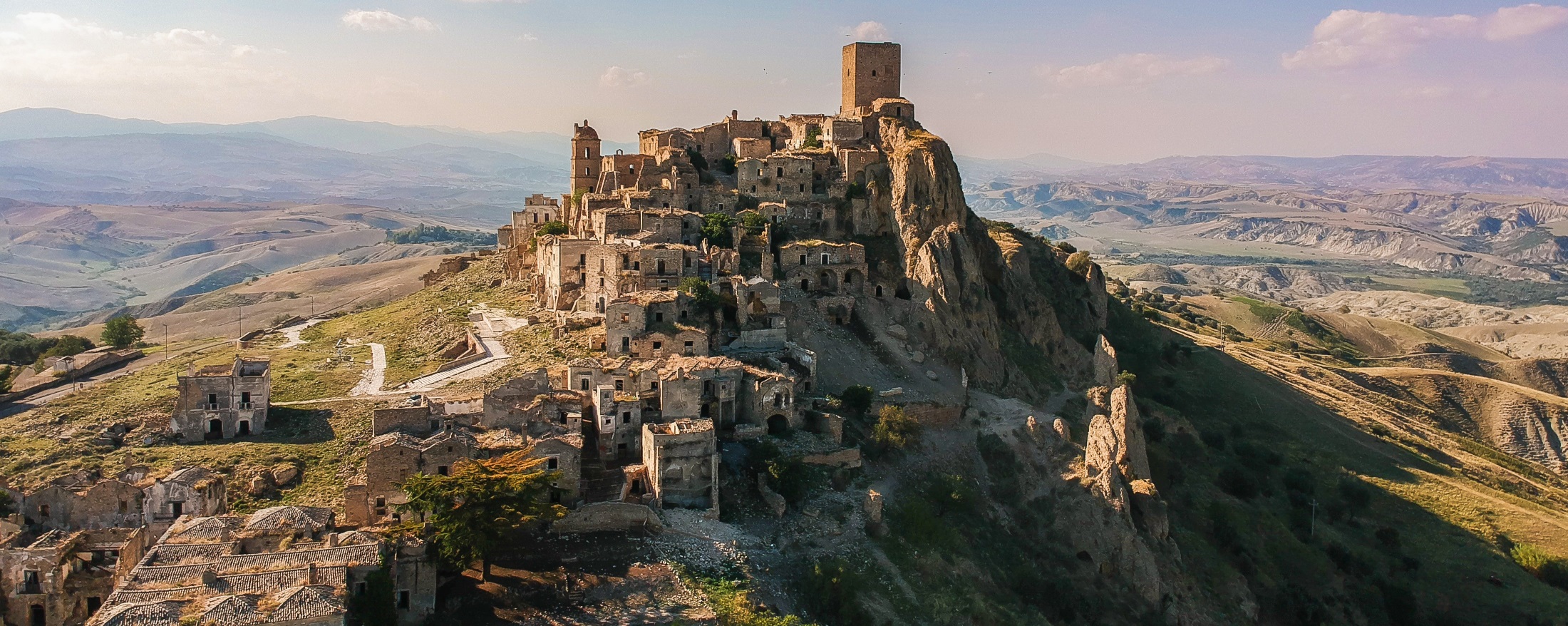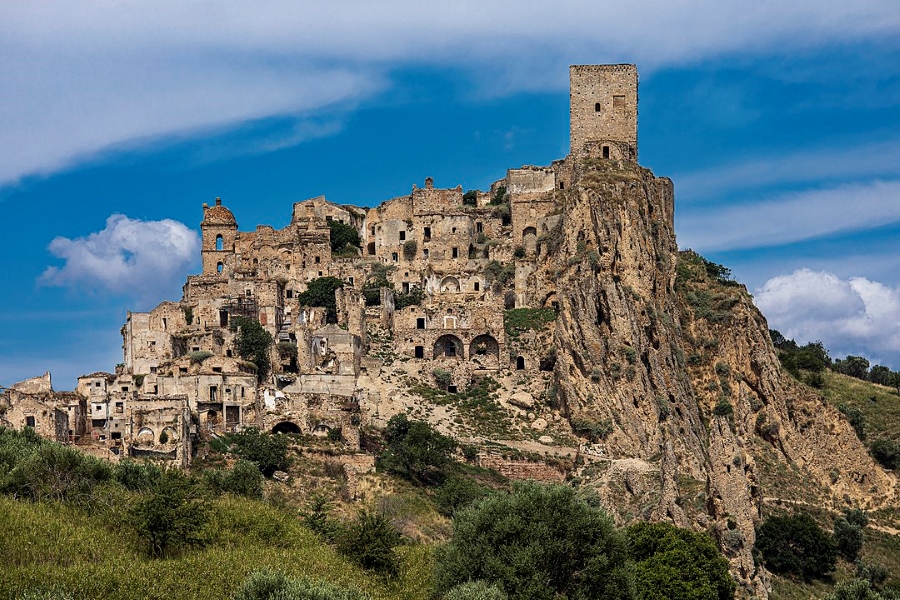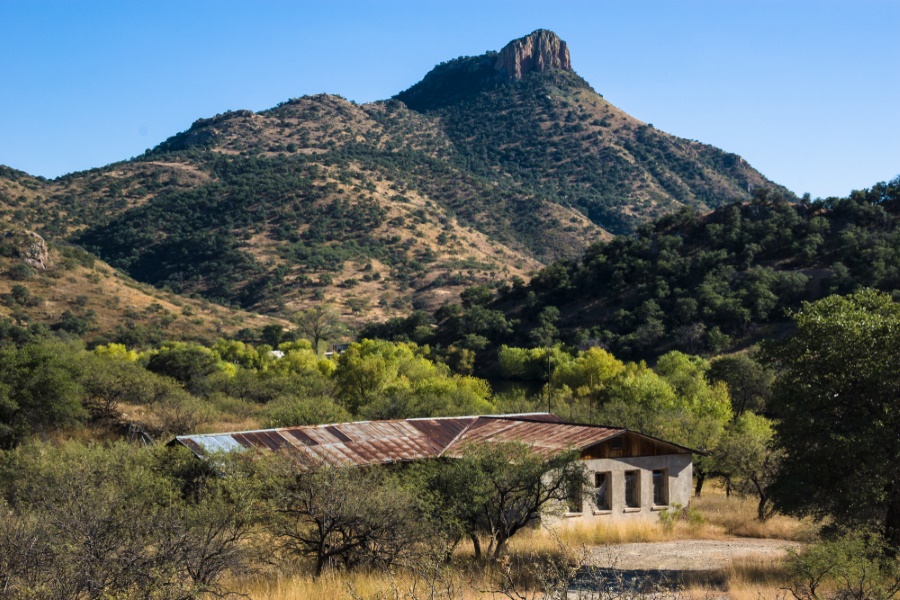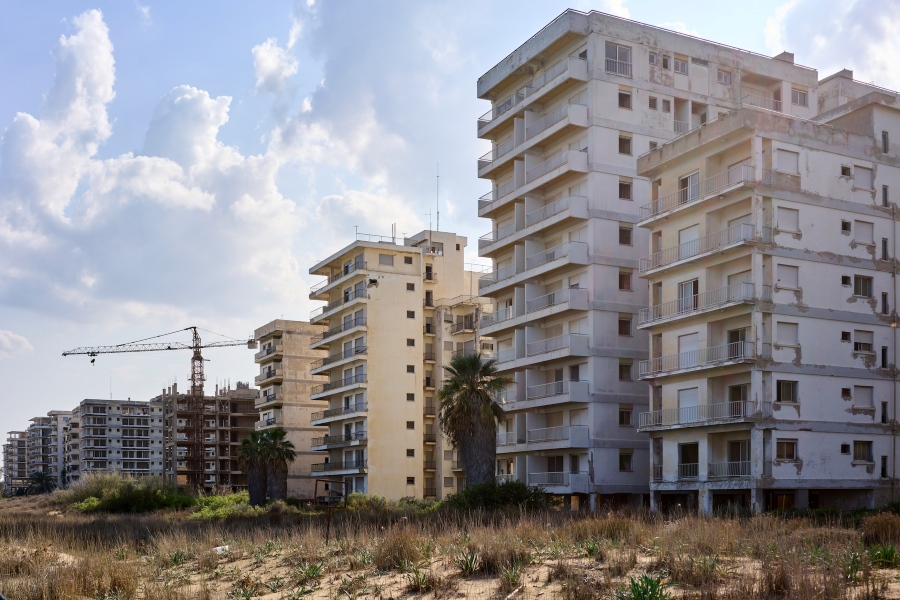
Ghost towns: 6 Abandoned cities in the world that give you goosebumps
What would happen when everyone in a town suddenly just vanishes? What would be left? All that history and personal touches such as children’s pictures plastered on the fridge, a small stain on the wall from when a cooking accident occurred or even just the collection of photographs still locked in an abandoned attic. This existential pondering of what life will be like when we are no longer here seems haunting to most. But those who have a dark fascination for these notions will be curious about this selection of old abandoned ghost towns throughout the world.
Disclaimer: we do not recommend travelling to these places as these are old, abandoned buildings, not up kept and can be potentially dangerous to those wishing to become Urban Explorers. Also, if visitors do wish to travel to abandoned towns, then make sure they are with a guide or a tourist group. By no means do we recommend exploring these locations by yourself unless it is stated otherwise by guides and by the government.
1. Craco, Italy
 Craco, Italy © Maurizio Moro
Craco, Italy © Maurizio MoroBuilt during the 8th century in the now Matera province in Italy, the ghost town of Craco has survived some truly horrific and remarkable events throughout its history until it was completely abandoned in 1991 due to a landslide. The village was built on a cliff side around 400 meters above the ground, making it a great strategic vantage point against any raiders, bandits or invaders especially during the turbulent medieval period or waging wars and even the black death that swept across Europe, clearing out any city or village it happened to come across, leaving many ghost towns similar to what Craco is now.
However, despite its strategic importance due to where it was built, this was also its Achilles heel. Whilst it could withstand enemies such as war and pestilence it could not withstand the wrath of mother nature. Earthquakes and the eventual landslide in 1991 finally put an end to Craco and now it remains an interesting medieval relic. With its large medieval castles, churches and a statue of the Virgin Mary, the village does on a few occasions per year see a rebirth. Six religious festivals still occur in Craco from May to October and there are guided tours throughout the year for visitors to come and explore this old ghost town from a time of barbaric sword battles and disease-ridden streets. It stands as a haunting reminder that regardless of how strong or everlasting one might believe to be, one will always be at the mercy of the even mightier power of mother nature.
2. Hashima Island, Japan
 Hashima Island, Japan © Jason Rost, Unsplash
Hashima Island, Japan © Jason Rost, UnsplashMany might know this island as the location for Skyfall’s villain’s hideout whilst others know it as a haunting reminder of the depths of human depravity. One of the most controversial UNESCO world heritage sites, Hashima Island in Japan has a long and somewhat dark history, linked to Japan’s modernisation both as an industrial powerhouse and a grown insidious Imperial Empire.
Bought by Mitsubishi in 1890 to establish a modern industrial house for the growing Japanese Empire, the once-isolated island soon became a symbol for the rapid industrialisation of Japan with new infrastructure, factories and mining sites being established on the island. Due to its rapid development, the island’s population swelled to around 5000 in the 1950s with many modern apartments and shops being built to house the many miners and other workers until the drop of coal prices in the 1960s and 70s meant the mining island was seen as a burden on the economy. Many mines across Japan as with the many other developed countries closed down throughout the 1970s, including Hashima island in 1975 in which the island was soon evacuated and many of its inhabitants moved on to other cities or districts throughout Japan such as Tokyo and Osaka.
But whilst this island stands as a testament to the early but rapid industrialisation and modernisation of the Empire of Japan and later just Japan, it would not be without a dark stain from the country’s history. During the era of Imperial Japan, many POWs and people from the annexed territories of Japan such as Korea, Taiwan and many other countries throughout Asia would be brought to Hashima island to be used as forced labour. This forced labour would only further the rapid developments of Imperial Japan, but it would also cost the lives of many of those brought to the island. Whether through exhaustion, starvation, disease and murder these workers were treated like slaves and estimated that around 1000 died before Imperial Japan’s defeat. This dark aspect of the island’s history means walking through the derelict ruins of the old mines and other buildings is all the more disturbing and haunting knowing many died horrible deaths on this island, which only adds to the ghost town feel. The island does do some private tours for those interested in the history of Japan, both its glamourous rebranding following WW II and its more horrific elements pre the end of WW II.
3. Ruby, Arizona
 Ruby, Arizona. School house and Montana Peak © Michael Landrum
Ruby, Arizona. School house and Montana Peak © Michael LandrumBeneath the Montana, Peak lays this dormant and undisturbed relic of the USA’s prospector past. This gold rush ghost town was once a thriving community of local and long travelled prospectors looking to enrich themselves and their families by the discovery of gold, silver, copper, zinc and lead running deep below the soil.
First established by Spanish miners in the 1700s before they moved on to other sites, Ruby was once again made a home for those looking for natural treasures in the expansive American terrain in 1854. It was first claimed by two engineers Charles Poston and Henry Ehrenberg before more and more settled here and made claims on the land in the 1870s. The Ruby Mercantile was first opened in the 1880s by George Cheney and in 1891 after the discovery of high-grade ore, it was suddenly a hotbed for miners and prospectors from all over the country looking to get in on the huge and lucrative site. It was only in 1912 after the Ruby Mercantile was bought by Julius Andrews who opened up his own store and post office did the town get its name (Ruby was in fact the name of Andrews’s wife).
However, all the glitter was not gold and whilst the mine was popular it also took a while to develop due to its location being close to the Mexican border, meaning attacks by Mexican bandits and vaqueros’ men were frequent. Many unsolved murders occurred here by Mexican gunmen including several owners of the town’s owners and this along with the closure of many mining operations led to the town being officially abandoned in 1941.
Walking through the dilapidated school, mines and old post office is possible as many tourists flock to the old mining town to explore the history of the US mining and prospector boom. Touring through it’s not hard to not just feel the fear and unease of the eerily quiet rooms where brutal murders and even gunfights occurred but also feel the hopes and dreams of the many hundreds of people chasing that sweet American dream.
4. Varosha, Cyprus
 Varosha, Cyprus © Steffen Lemmerzahl
Varosha, Cyprus © Steffen Lemmerzahl